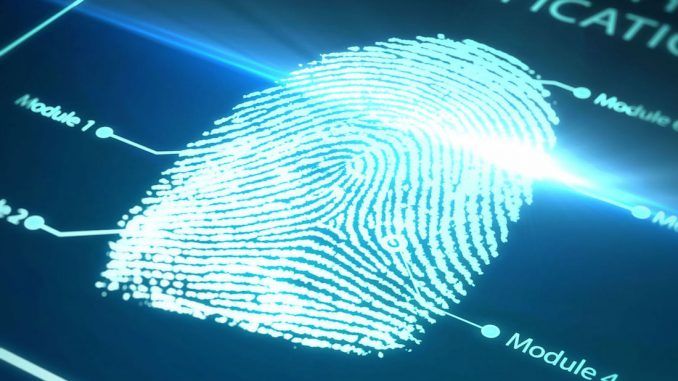
Japan have announced plans to unveil a program next year which will see the introduction of fingerprint currency that will eventually replace cash by the year 2020.
The fingerprint currency system will force users to register their fingerprints and other biometric information at locations such as airports, and then when they wish to pay for a service they scan their fingerprint instead of using cash or cards.
Pressfortruth.ca reports:

BYPASS THE CENSORS
Sign up to get unfiltered news delivered straight to your inbox.
You can unsubscribe any time. By subscribing you agree to our Terms of Use
The program is going to start with foreign tourists being able to verify their identity by scanning their finger rather than pulling out their wallet. Also, currently where tourists are required to show passports in order to check into hotels, it’s alleged that the government plans to substitute the new fingerprint verification in place of the passport check.
There are at least 300 shops so far that are going to be participating in the experiment, from hotels and souvenir shops to restaurants and other venues.
Tourists will even be able to withdraw cash just by scanning their finger. The government has already said that they plan to slowly expand the program by next year to cover many other areas. They hope to have the system fully realized by the year 2020.
The data that is going to be collected will have the ability to elude to spending habits of tourists and it will analyze their movements while they are abroad.
The data will also potentially be used to devise policies and tourism strategies for the tourism industry in the country. So far those who have used the system have said that they like the convenience of not having to pull out their wallets.
There have also been other advances in countries around the world, to have rfid chips and bio ID incorporated into a number of different applications.
From exploring how it can be used to develop a new national voting system, to using it at hotels, restaurants, and to even get through the security door at work, it’s clear that we will see more of this technology around us in the future.


Be the first to comment